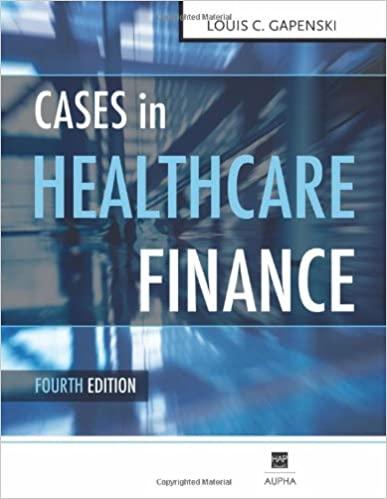Answered step by step
Verified Expert Solution
Question
1 Approved Answer
a . Using Hatfield s data and its industry averages, how well run would you say Hatfield appears to be in comparison with other firms
a Using Hatfields data and its industry averages, how well run would you say Hatfield appears to be in comparison with other firms in its industry? What are its primary strengths and weaknesses? Be specific in your answer and point to various ratios that support your position. Also, use the DuPont equation as one part of your analysis.
b Use the AFN equation to estimate Hatfields required new external capital for if the sales growth rate is Assume that the firms ratios will remain the same in Hint: Hatfield was operating at full capacity in
c Define the term capital intensity. Explain how a decline in capital intensity would affect the AFN, other things held constant. Would economies of scale combined with rapid growth affect capital intensity, other things held constant? Also, explain how changes in each of the following would affect AFN, holding other things constant: the growth rate, the amount of accounts payable, the profit margin, and the payout ratio.
d Define the term selfsupporting growth rate. What is Hatfields selfsupporting growth rate? Would the selfsupporting growth rate be affected by a change in the capital intensity ratio, or the other factors mentioned in the previous question? Other things held constant, would the calculated capital intensity ratio change over time if the company were growing and were also subject to economies of scale andor lumpy assets?
e Use the following assumptions to answer the questions below: Operating ratios remain unchanged. Sales will grow by and for the next four years. The target weighted average cost of capital WACC is This is the No Change scenario because operations remain unchanged.
For each of the next four years, forecast the following items: sales, cash, accounts receivable, inventories, net fixed assets, accounts payable & accruals, operating costs excluding depreciation depreciation, and earnings before interest and taxes
Using the previously forecasted items, calculate for each of the next four years the net operating profit after taxes NOPAT net operating working capital, total operating capital, free cash flow, FCF annual growth rate in FCF and return on invested capital. What does the forecasted free cash flow in the first year imply about the need for external financing? Compare the forecasted ROIC compare with the WACC. What does this imply about how well the company is performing?
Assume that FCF will continue to grow at the growth rate for the last year in the forecast horizon Hint: What is the horizon value at What is the present value of the horizon value? What is the present value of the forecasted FCFHint: use the free cash flows for through What is the current value of operations? Using information from the financial statements, what is the current estimated intrinsic stock price?
f Continue with the same assumptions for the No Change scenario from the previous question, but now forecast the balance sheet and income statements for but not for the following three years using the following preliminary financial policy. Regular dividends will grow by No additional longterm debt or common stock will be issued. The interest rate on all debt is Interest expense for longterm debt is based on the average balance during the year. If the operating results and the preliminary financing plan cause a financing deficit, eliminate the deficit by drawing on a line of credit. The line of credit would be tapped on the last day of the year, so it would create no additional interest expenses for that year. If there is a financing surplus, eliminate it by paying a special dividend. After forecasting the financial statements, answer the following questions.
How much will Hatfield need to draw on the line of credit?
What are some alternative ways than those in the preliminary financial policy that Hatfield might choose to eliminate the financing deficit?
g Repeat the analysis performed in the previous question, but now assume that Hatfield is able to improve the following inputs: Reduce operating costs excluding depreciation to sales to at a cost of $ million. Reduce inventoriessales to at a cost of $ million. Reduce net fixed assetssales to at a cost of $ million. This is the Improve scenario.
Should Hatfield implement the improvement plan? How much value would it add to the company?
How much can Hatfield pay as a special dividend in the Improve Scenario? What else might Hatfield do with the financing surplus?Hatfield Medical Supply Income Statement and Additional Information Millions of Dollars December :

Step by Step Solution
There are 3 Steps involved in it
Step: 1

Get Instant Access to Expert-Tailored Solutions
See step-by-step solutions with expert insights and AI powered tools for academic success
Step: 2

Step: 3

Ace Your Homework with AI
Get the answers you need in no time with our AI-driven, step-by-step assistance
Get Started


